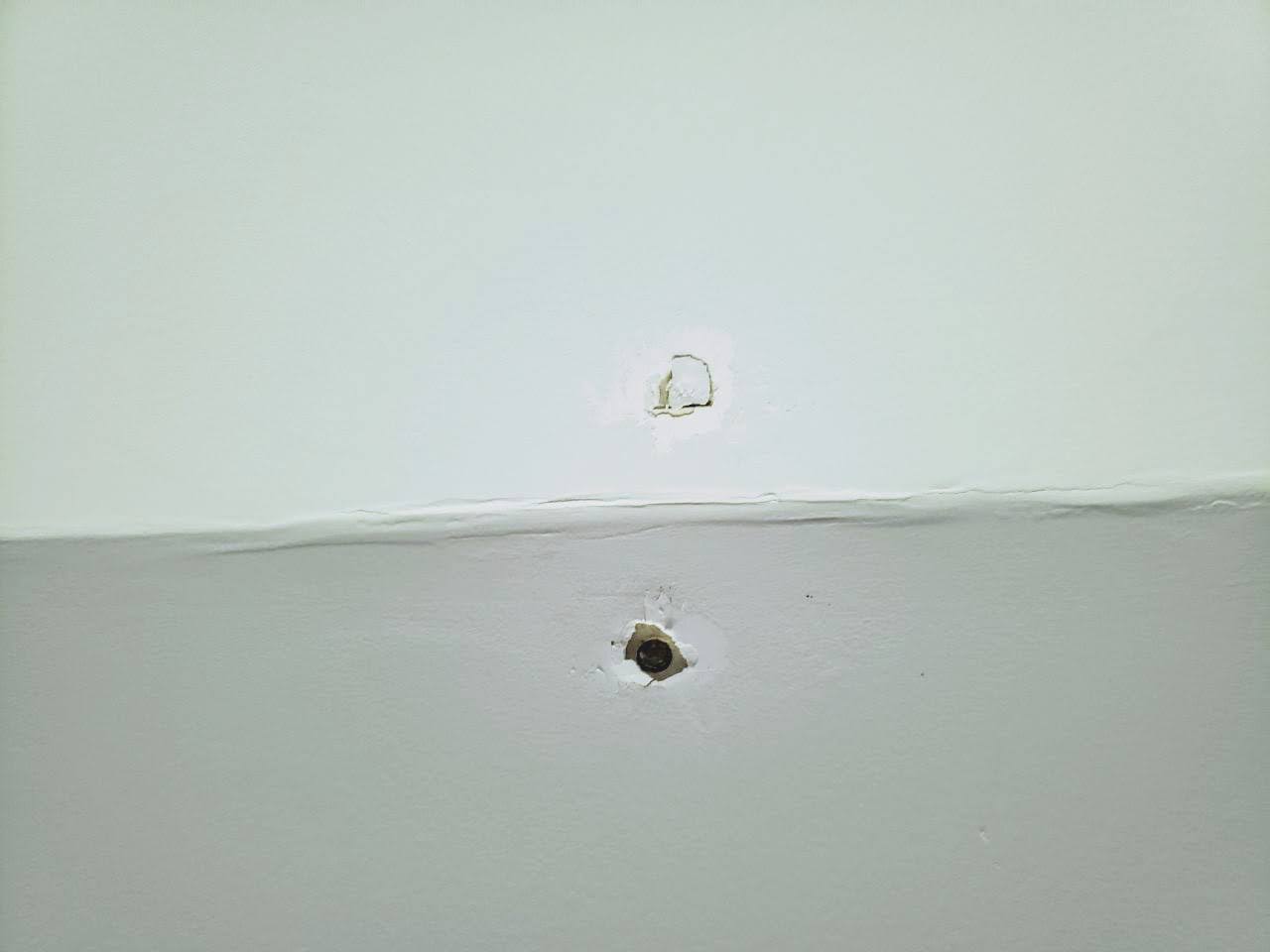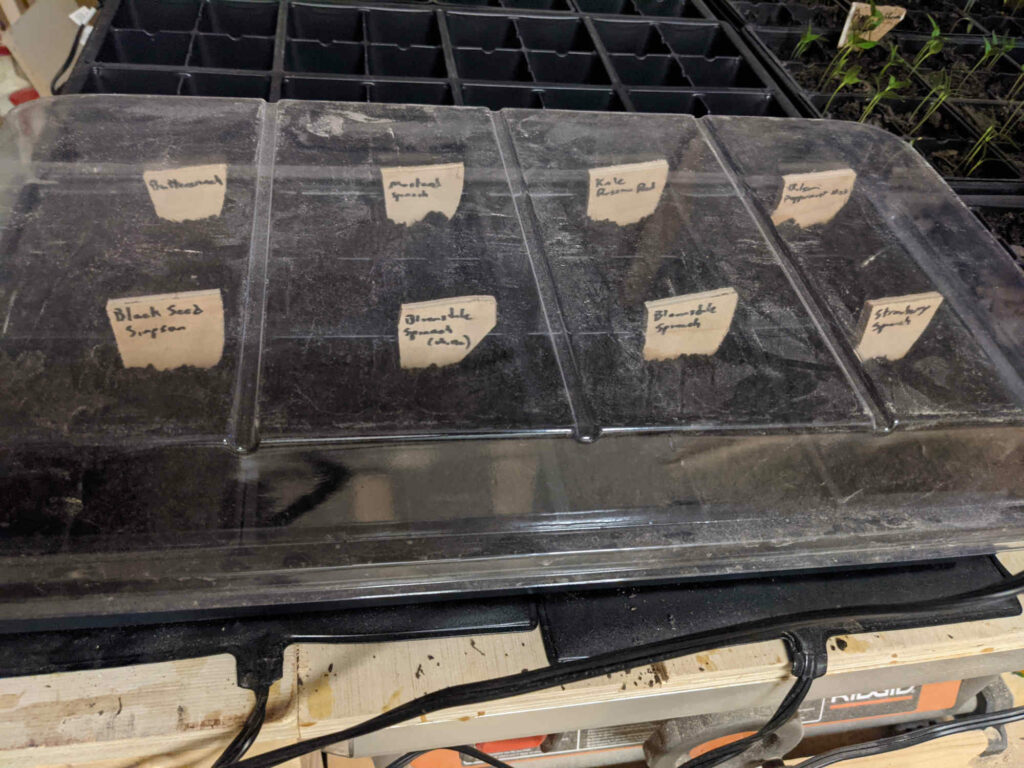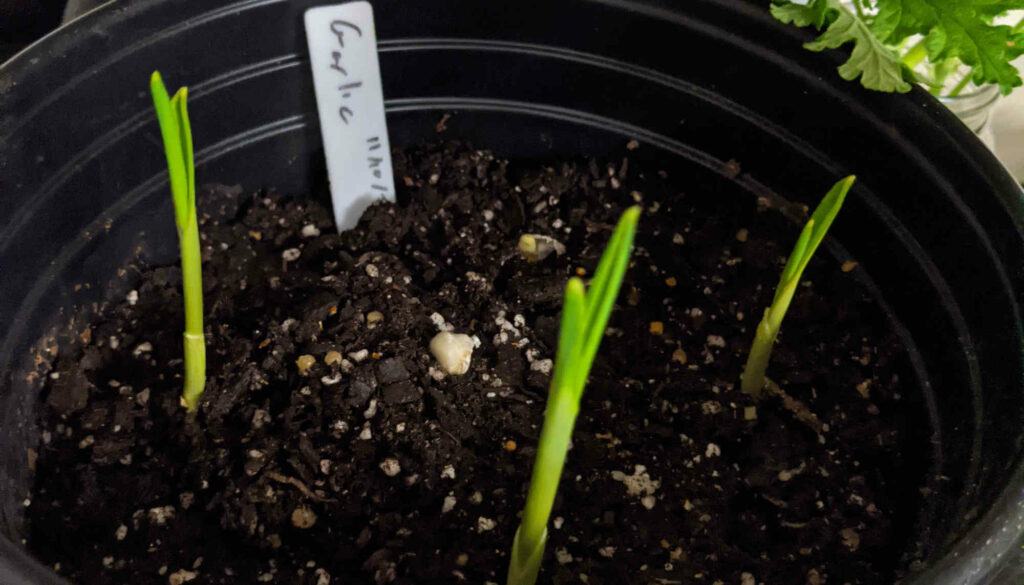Dealing with nail pops is actually a pretty easy thing to do if you have the right tools.
What are Nail Pops?
Unless your house is brand new, you’ve got nail pops somewhere. They’re virtually unavoidable. Fortunately, they’re not all that serious.
Nail pops are those little protrusions in your walls and, most commonly, your ceiling. They show up when nails start backing out of the boards they’re stuck in.
This results in bumps in the paint or even the head of the nail sticking through.
How to Fix Nail Pops
Fixing the nail pop is really easy. There are two methods.
The first method is merely using a hammer and a nail punch to drive the nail back in deeper.
Place the nail punch tightly on the head of the nail pop and gentle tap the nail back in with a hammer.
This first method is a temporary fix and may not work in all circumstances.
The Permanent Method
If you’re redoing a room or even just repainting, the permanent method is your better option.
Materials needed:
- Drill
- Drywall Screws
- Hammer or Nail Puller
- Spackle
- Putty Knife
- 240 Grit Sandpaper
- Paint
Step 1
Put a drywall screw at least an inch away from the nail pop, but be sure the screw is still on the stud or truss the nail pop is on. If the nail pop is on the wall, the screw should be directly above or beneath the nail pop.
Step 2
Remove the nail pop with your hammer or nail puller.
Step 3
Spackle over the screw and hole where the nail pop was. Use the putty knife to smooth out the spackle.
Step 4
After the spackle dries, sand down the spackle with the 240 grit sandpaper.
Step 5
Paint the ceiling/wall to match the rest of the room. Use primer if you’ve got it. I prefer to repaint the entire room if I’m doing something like this.
Conclusion
It’s as easy as that! If you accidentally create a bigger hole than expected, you’ll have to do some drywall repair in addition to this.
Nail pops aren’t a serious problem by themselves. They occur naturally in all houses. However, they can be a sign of water damage or structural problems. You can easily check for these while you’re fixing.
If the drywall is wet, obviously that’s a problem. You should also be on the lookout for mold or frail wood behind the drywall.







Leave a Reply